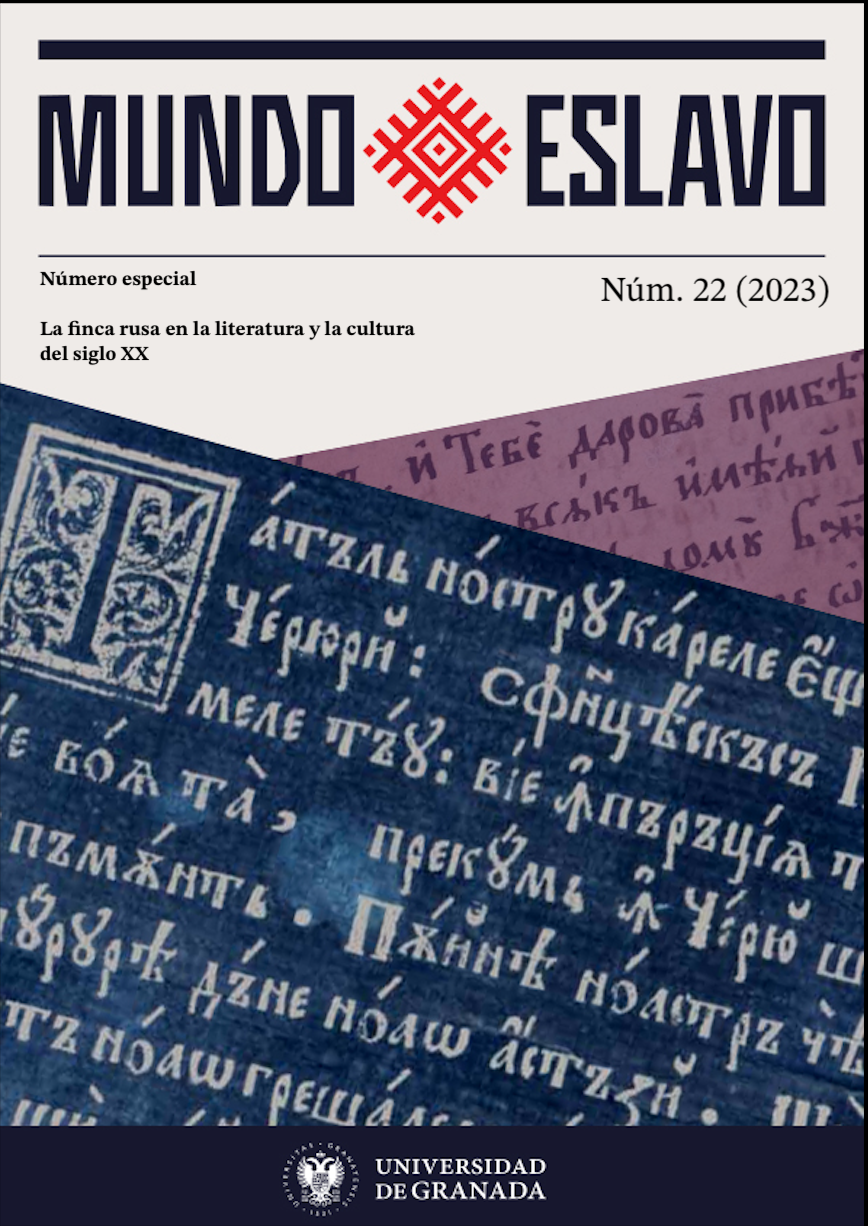The “Lady of the Russian Woods” as the estate symbol of Russia
. The myth of the white birch in the literature of Great Britain (19th – 21st centuries)
DOI:
https://doi.org/10.30827/meslav.22.26018Resumen
In our article, we will examine how from the 19th till the beginning of the 21st century was forming the British myth about the picturesque white birch – or, if we paraphrase the metaphor by S.T. Coleridge, “the Lady of the Russian woods”. Firstly, we will analyze the strong connection of this tree with the world of the Russian estate – including the lyrical images of birches growing near noble houses. We will especially consider its metaphorical richness. Thus, birch can act as a “guardian” of the noble house, a part of the memories of a happy estate childhood. It may be a nostalgic image of native country, so important for a wanderer in a foreign land, and finally, a symbol of “perishing Russia” and the upcoming “kingdom of the Kham”. Arisen in the travelogues of British travelers who had visited Russia in the 19th century (B. Taylor, J.D. Kohl, M.E. Pellew-Smith et al.), and associated mainly with the Russian countryside, suburbs and noble estates, it later penetrated the Western world and spread widely among its readers. We will discuss, how thanks to these travel notes has developed a new image of Russia – the “white-and-green” country densely planted with silvery quivering birches; this image contributed to the formation of a positive myth about this country (along with the negative myth, which also was actively developing in the 19th – 21st centuries). Finally, we will pay special attention to how this myth reflects in modern British literature (scientific research, journalism, fiction et al.).
Descargas
Descargas
Publicado
Cómo citar
Número
Sección
Licencia
Derechos de autor 2023 Mundo Eslavo

Esta obra está bajo una licencia internacional Creative Commons Atribución-NoComercial-CompartirIgual 4.0.
Los autores conservan los derechos de autor sobre sus trabajos y garantizan a la revista el derecho de ser la primera publicación del mismo. Los artículos se publican bajo la licencia Creative Commons Atribución-NoComercial 4.0 Internacional (CC BY-NC-SA 4.0), lo que permite a los lectores y otros investigadores copiar, redistribuir, remezclar, transformar y construir a partir del material, siempre que se respeten las condiciones establecidas.













